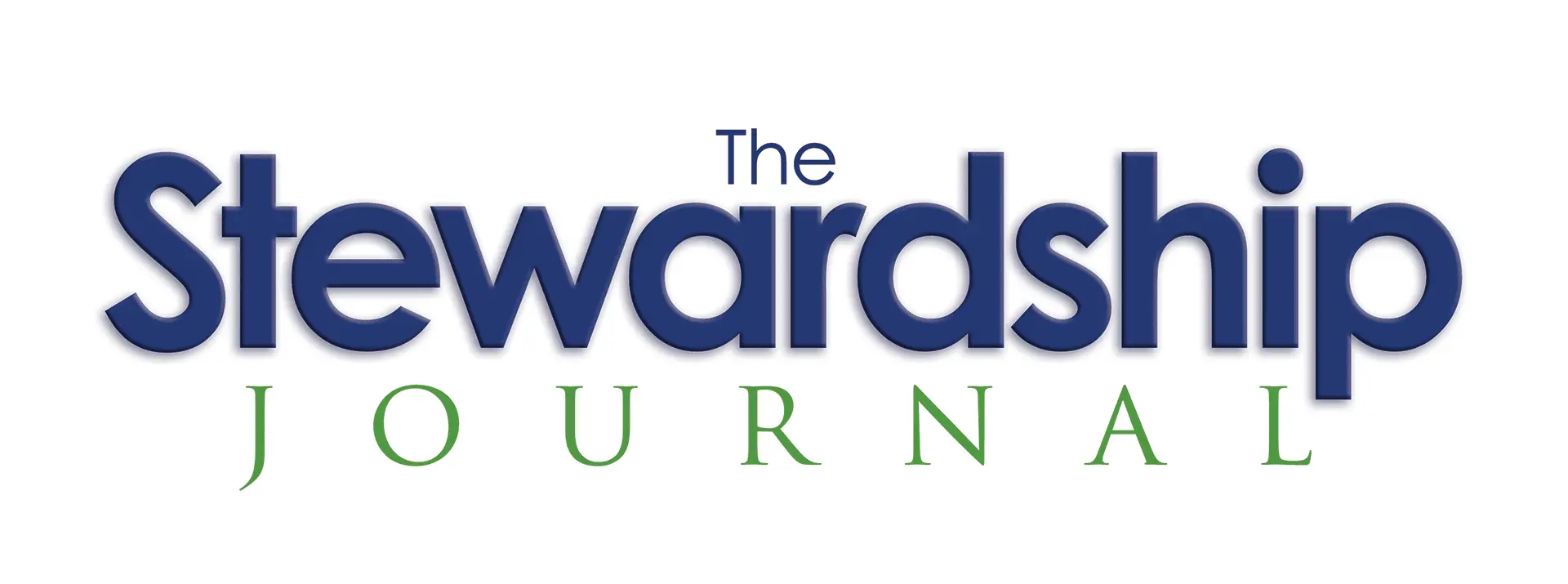Rick Blythe, the Director of Stewardship/Prayer Ministry for the Mississippi Baptists, sent me this question last week: “I have a consultation with a church next Monday, and they want me to address ways to estimate church giving for the next year.” I told Rick I would answer his question and write an article about my response. So, here goes!
Can you predict the future? That is essentially what the church is asking. No one can predict with 100% accuracy where any church’s giving will be for this year. However, now more than ever, churches can better predict their giving outcomes.
For twenty-five years, I have studied church giving patterns of many of the top 100 churches in size and churches running 100 in attendance. My consultation is driven largely by the data I draw from a client’s past giving. That data shows me past trends that may be either a blessing in the future or a curse. Data helps shape our financial strategies, ensuring that the money you need in July for Student Camp is in the bank when needed. Collecting data on past giving is crucial for any church serious about managing its financial future. What data should you be collecting?
Let’s start with the easy and the obvious. What is your weekly offering need? If you don’t know, stop reading this and find out, and don’t come back until you know the answer.
After establishing your base weekly need, the next marker you need to know is how giving matches up to your needs. Basically, you are asking, “Are we ahead or behind budget?” Let’s call that the Ahead/Behind Marker. So, right now, do you know if you are ahead or behind?
The Comparison Marker comes next. Again, this one is obvious. You want to compare your present giving trends with your past trends. I compare giving to last year, last quarter, and last month.
In other words, I am looking to see if giving is behind or ahead of where we were last year at the same time. How does our current yearly giving total compare to the same period of weeks of last year? Then I look at my last quarter compared to previous quarters and the same quarter as last year. I do the same with the months of the year.
Trends can be your friend. Wall Street has a saying that says, “The trend is your friend.” This means that trends help you plan better and make better decisions. The same is true in your comparison. You are looking not just to see if you are ahead or behind from previous years, quarters, etc., but to learn what the tides of giving are for your church.
For instance, you know that summer is a tougher giving time than November. Knowing your trends helps you better prepare for your spending and can help you predict future giving. Yet you must look a bit deeper. Let’s talk about…
Dollar Markers versus Donor Markers – If you are focused only on comparing the dollars of giving without comparing the donors that are giving you those dollars, you could be headed for disaster. The following are some of the major donor markers I would be looking at and comparing with previous years.
New Donors – You need to know immediately when someone gives to your church for the first time. You MUST have a first-time giving plan for responding to those donors. Why? You want to develop them into consistent givers.
Churn Rate—How many givers did you lose from the last year, and how many did you gain? A typical healthy church will see a 15% to 20% loss of donors each year. We call that the Churn Rate. Every church has a back door. You want to know that new givers are being added to offset the loss you will experience every year. You also want to find ways to ensure current donors do not become lapsed donors.
First, the key to staying fully funded is minimizing your losses while gaining new donors. You minimize losses by working first to ensure members connect within your church. Multiple studies have shown that if people get involved in some aspect of your church, they will stay there longer. The recent Barna study found that 45% of Practicing Christians, defined as attending church at least once a month, are comfortable calling themselves generous.1.
50% Line – What percent of your donors give 50% of all that is given? In my over twenty years of financial analysis of hundreds of churches, I have found that, on average, around 15% of a church’s donor base gives 50% of all that is given. This number will be key to whether you are fully funded this year. Also, in any potential capital campaign, this group will give as much as 90% of the total.You want to ensure this group stays highly engaged and connected with the vision driving your mission and ministry!
Over/Under – Here you want to know what percent of your giving comes from those over 60 years of age and what comes from those under 60 years of age. Our donor base is aging and knowing your Over/Under split shows you the work ahead to fill the void of your top donors retiring or passing on to Heaven.
These are some of the top markers that I look at when determining the health of a congregation. Some of the above are easy to track, and others are harder. The point is to know your numbers.
Why is this important? It keeps you from making mistakes in budgeting and spending. One of the classic reasons people give to any organization is they believe in the fiscal responsibility of how that institution handles money. The better you know your numbers, the better you manage your finances. Knowing your numbers ultimately helps you create a culture of generosity that will increase giving and givers!
I love data, but it is limited in estimating future giving. In his email to me, Rick shared that he has ten years of data from the church asking for an estimate of giving. He was astute enough to ask, “What other advice can you give me that will help them estimate giving for the coming year?” I responded that looking back at their 10-year giving history is certainly a start, but it’s a look at history, not the future.
When I look at past data, I want to see if there are trends that are observable and thus require more probing. Numbers don’t tell us the complete story but allow us to ask questions. So, lookbacks indicate growth or trouble, but we must probe for the reasons behind that growth or decline. So, again, having data is important, but it has limitations, especially when it comes to predicting future giving.
While no one can predict with 100% accuracy, let me share a strategy you can easily employ to improve your predictive ability.
Every client church I work with now receives half or more of its annual offering digitally. I’ve worked with churches that receive 90% digitally. This is our new normal. Based upon this, I have an answer for any church wanting to predict the future of its giving. The only real way to project future giving accurately is to track the church’s online giving that is set up to be recurring. Let me illustrate.
Let’s say you see 50% of all gifts come digitally. Then, let’s say you see an average of about 25% of those gifts set up as recurring gifts. Thus, you know that 25% of recurring gifts will hit your offering plate in the coming months. As a stewardship consultant, that is a guaranteed 25% that I can build on.
What if recurring giving increased to greater percentages? This is one of the great values of automated giving: a better estimate of future giving, allowing you to better manage your finances. The other great value is that recurring giving will increase your revenue. Come July, when your members are on vacation; their offering will still hit your digital offering plate. I have found that increasing your automated giving is the best way to predict future giving. Knowing you have an almost guaranteed percentage of monthly gifts allows you to better plan for the future.
I have one more recommendation. Use your online giving provider’s data to help you project future giving. At OnlineGiving.org, we have worked hard to provide our clients with answers to questions like these. We can’t predict the future with 100% accuracy, but we can give you a realistic view, which helps with budget planning and execution.
Today, with our platform, you can track your data in real-time. Our Dashboard instantly gives you information on key metrics, such as new donors, lapsed donors, and Future Scheduled Giving. These features allow you to notice trends quickly. Here is a post that shares more about this at https://www.onlinegiving.org/blog
Can we predict the future? No, but our platform can help you better estimate your future giving, which will help you better manage your finances.
1. https://shop.barna.com/products/the-state-of-generosity-series-the-giving-landscape

